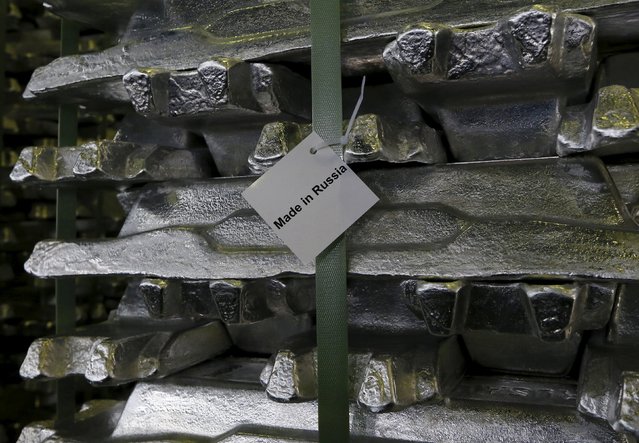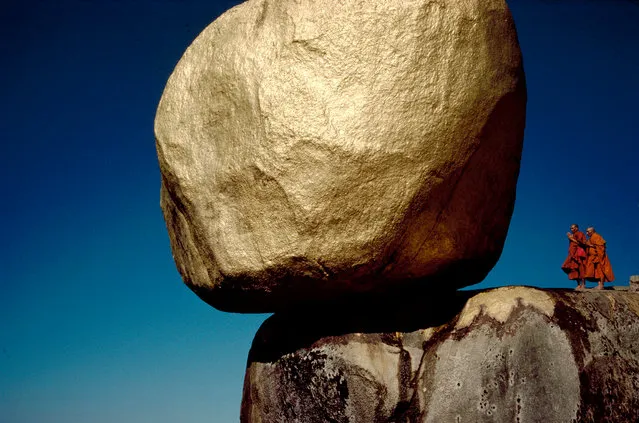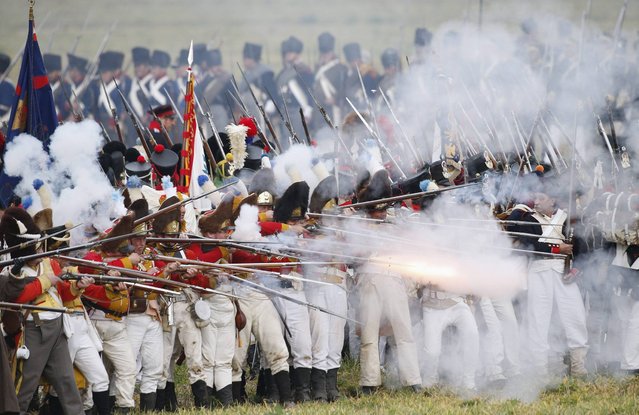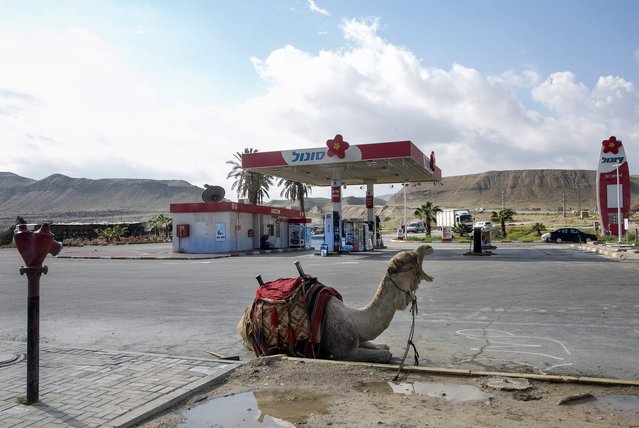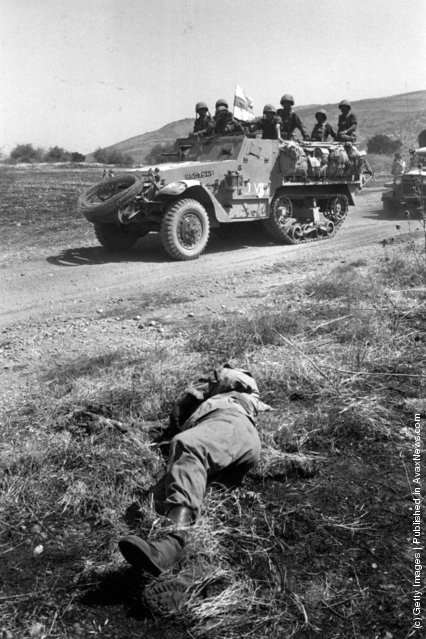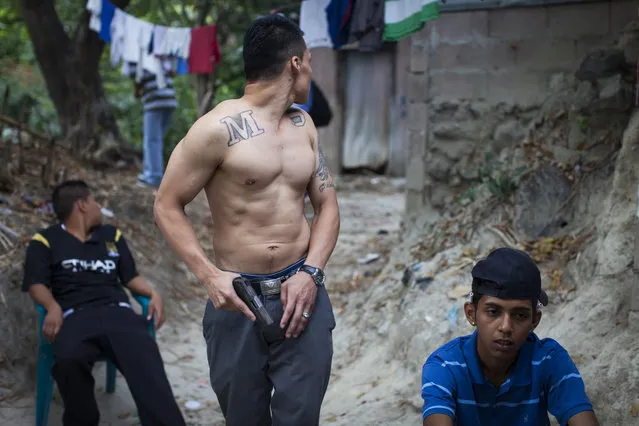
Mara Salvatrucha (MS) gang members show off their weapons in the Las Victorias district of San Salvador. In March 2012, the two largest gangs in El Salvador - the Mara Salvatrucha (MS) and the Barrio 18 (M18) - agreed on a truce following secret negotiations between gang leaders in prison which were mediated by a bishop and a former rebel leader. It is unclear whether the decision was the idea of the gangs themselves or whether they were encouraged by the government. (Photo by Adam Hinton)
23 Oct 2013 11:59:00,post received
0 comments

